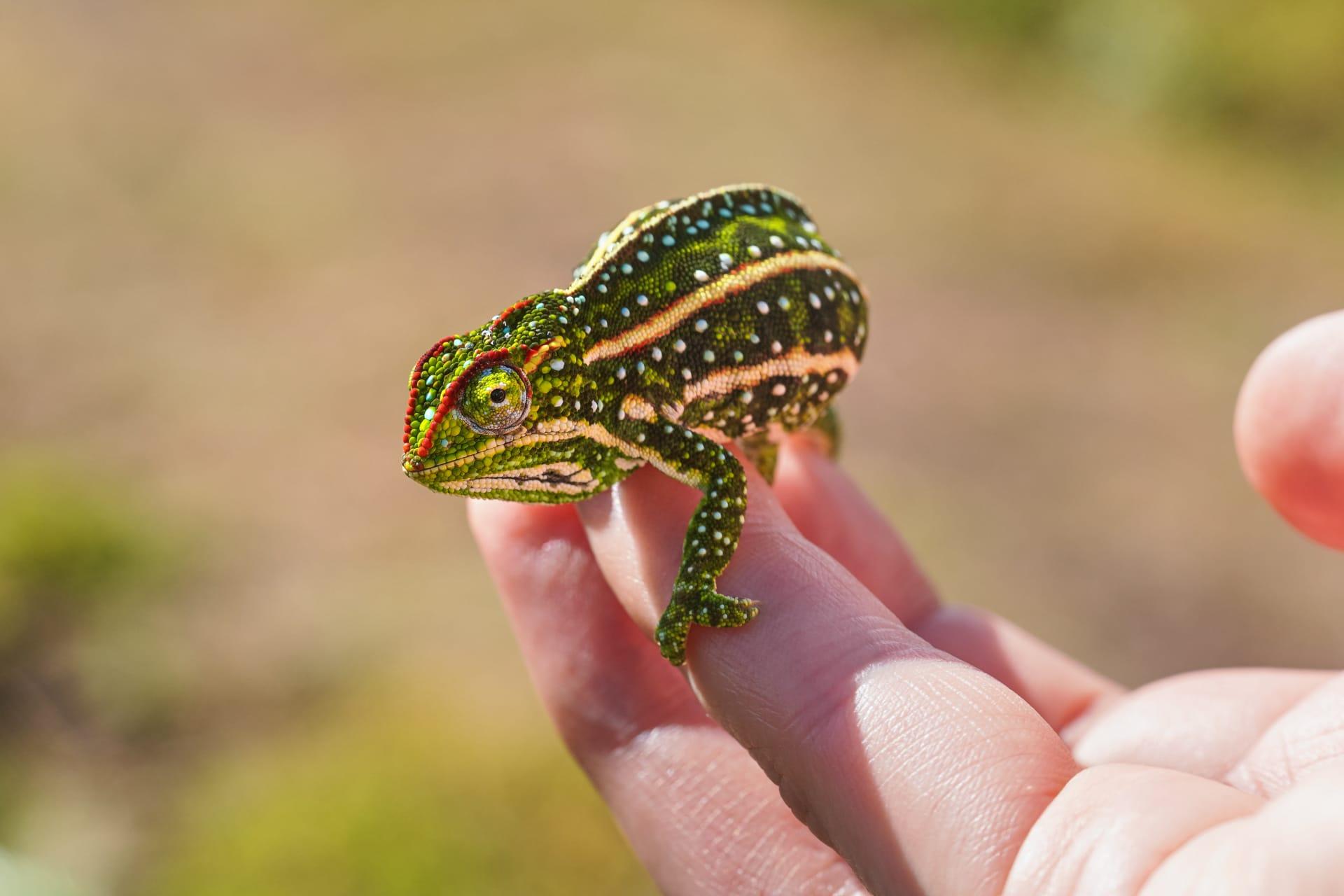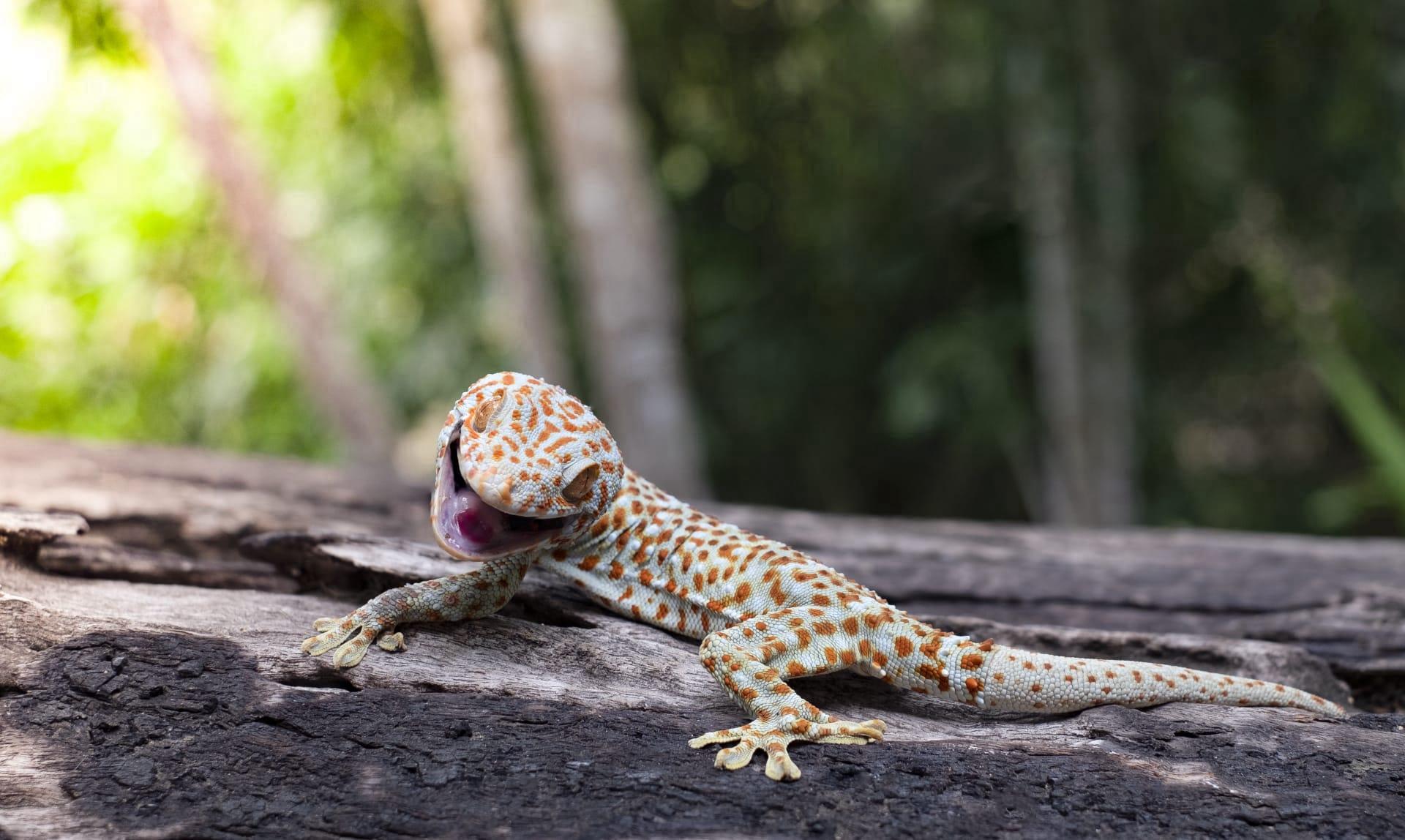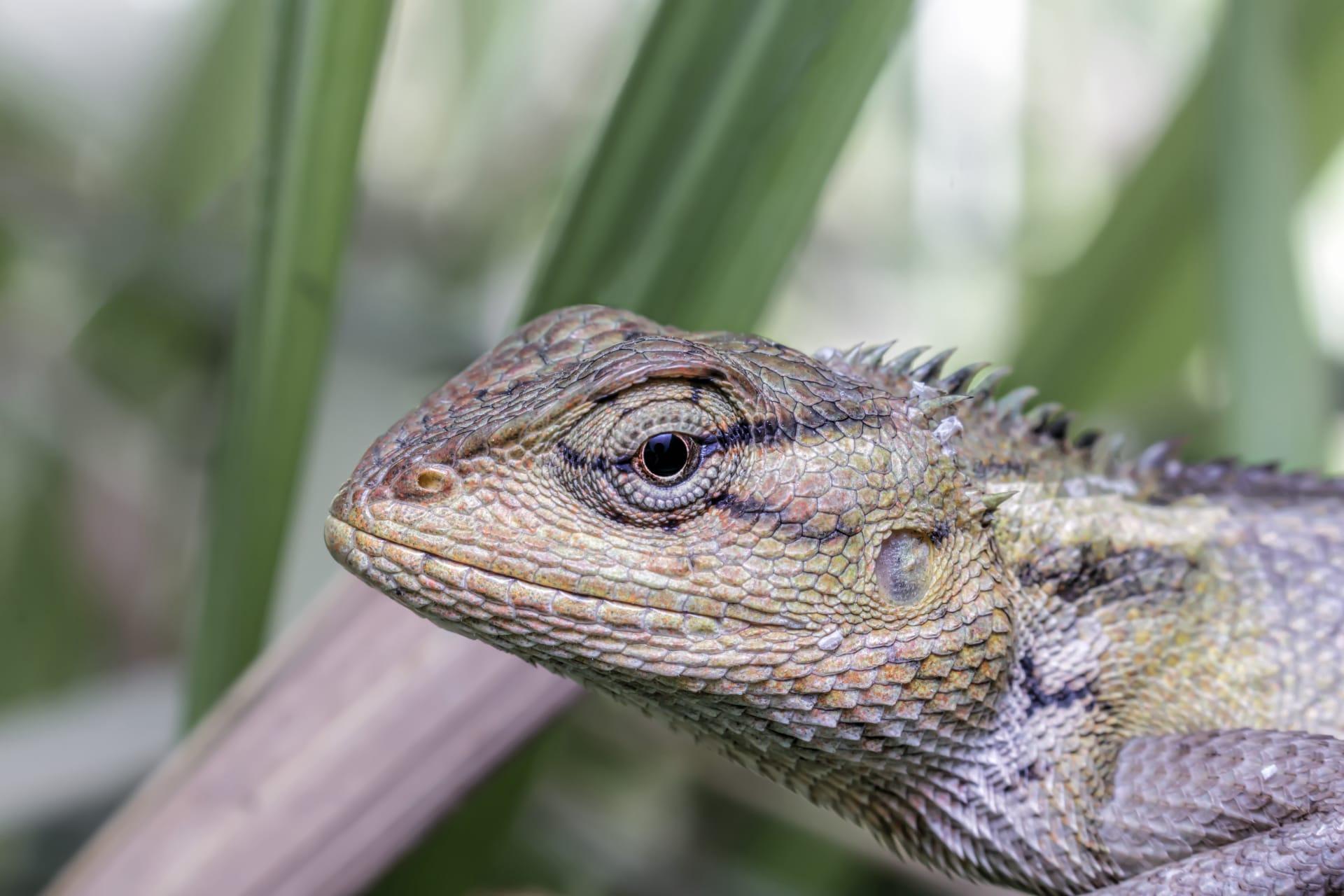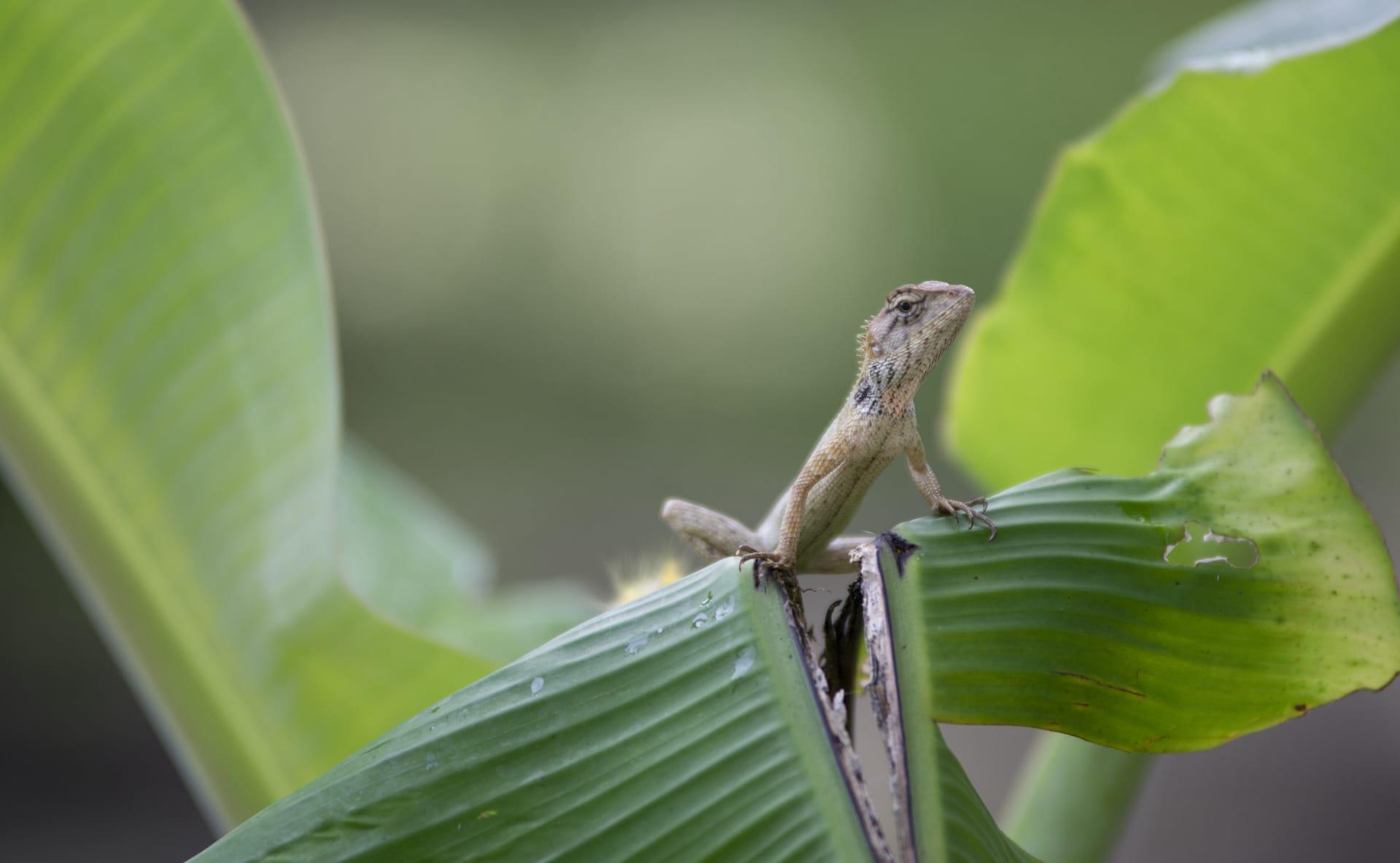Iguana Characteristics
- Home /
- Mini Encyclopedia /
- Animal /
- Iguana Characteristics
1
Iguanas, those scaly, fascinating creatures, are quite a spectacle in the reptile world. With their impressive size, an adult iguana can grow up to 6 feet (about 1.8 meters) in length, including their tail. They're not just long; they can be quite hefty too, weighing up to 20 pounds (about 9 kilograms). In the wild, iguanas have a lifespan of around 20 years, but with proper care in captivity, these green buddies can live up to 25 years or more. Their bodies are a masterpiece of adaptation, with powerful limbs for climbing and a muscular tail that serves as a defense weapon and a balance aid.
One of the most remarkable features of an iguana is its dewlap - the loose flap of skin under the chin. Far from just a quirky fashion statement, this dewlap plays several critical roles. It's a social signaling device, helping iguanas communicate with one another. During courtship, it becomes a flag of attraction, and when threatened, an iguana can enlarge its dewlap to appear bigger and scare off predators. It also helps in thermoregulation, assisting these cold-blooded animals to warm up or cool down by controlling blood flow.

2
Question: "Why do iguanas bask in the sun for long periods?"
Answer: Iguanas, like all reptiles, are ectothermic, meaning they rely on external sources to regulate their body temperature. Sunbathing is vital for them. By soaking up the sun, iguanas elevate their body temperature, which is crucial for digestion, movement, and overall health. They can often be seen lounging in sunny spots for hours, and it's not just a lazy day out; it's an essential part of their daily routine. If their body temperature drops too low, their digestive system slows down, and they become lethargic. So, when you see an iguana sunbathing, remember, it's not just soaking up rays; it's fueling up for its day!

3
When it comes to movement, iguanas are quite the acrobats. Their strong, sturdy legs are not just for show; they're excellent climbers and can scale trees with ease. In the wild, they often reside high in tree branches, making them adept at navigating through forest canopies. Their sharp claws are perfect for gripping onto branches, ensuring a secure climb. But it's not just climbing; iguanas are also capable swimmers. They use their powerful tail, propelling themselves through water, and can even stay submerged for up to 30 minutes!
As for their diet, iguanas are primarily herbivorous. They have a preference for leafy greens, fruits, and flowers. Their sharp teeth are specially adapted for tearing and shredding plant material. In the wild, they play an important role in seed dispersal, aiding the growth of their habitats. Young iguanas might occasionally consume insects or small animals, but as they grow, their diet shifts almost entirely to plants. This dietary preference means they spend a significant amount of time foraging for food, often in the safety of tree branches where they're less vulnerable to predators.

4
Iguanas typically thrive in warm, humid environments like rainforests, though they're also found in semi-aquatic settings. They're native to Central and South America and some Caribbean islands. Their habitat preferences include leafy canopies near water sources, which provide both the warmth from the sun and the cooling relief of water. These environments offer abundant food sources and the high branches provide safety from ground predators. Their coloration, ranging from vibrant greens to earthy browns, serves as excellent camouflage, blending them into their surroundings.
Reproduction-wise, iguanas are fascinating. They breed during the dry season, with females laying clutches of 20 to 70 eggs, which they bury in sandy or soft soil. These eggs incubate for around 10 to 15 weeks before the baby iguanas hatch. Unlike many animals, iguanas don't show parental care; once the eggs are laid, the hatchlings are on their own. They must fend for themselves, finding food and avoiding predators. This early independence is crucial for their survival in the wild, where only a few will reach adulthood.

5
Book: "The Secret Life of Iguanas" by James Greenfield, published in the USA, 1998. This intriguing book delves into the world of iguanas, exploring their behaviors, habitat, and survival strategies. Greenfield, a renowned herpetologist, combines years of research with fascinating anecdotes, making this a captivating read for both reptile enthusiasts and casual readers. The book's vivid descriptions bring the iguana's world to life, providing insights into their complex social interactions and environmental adaptations.
Book: "Islands of Dragons: Iguanas Up Close" by Maria Sanchez, published in the UK, 2005. Sanchez, a wildlife photographer, presents a stunning visual journey into the habitats of iguanas. The book is a blend of breathtaking photography and insightful commentary, highlighting the diversity of iguana species across different islands. From the rocky shores of the Galapagos to the dense rainforests of Central America, Sanchez's work is not just a celebration of these majestic creatures but also a call to action for their conservation.